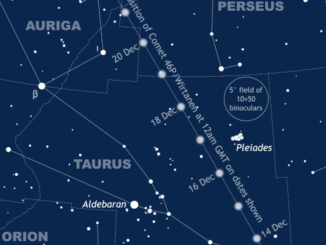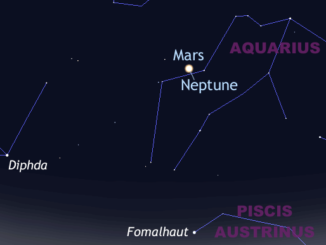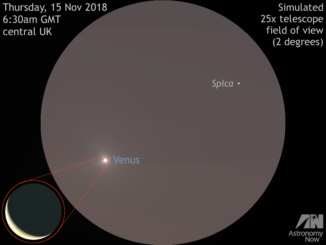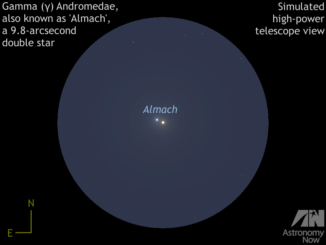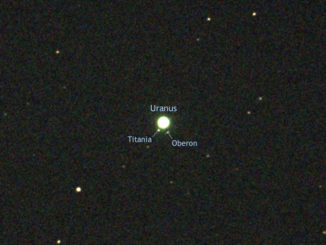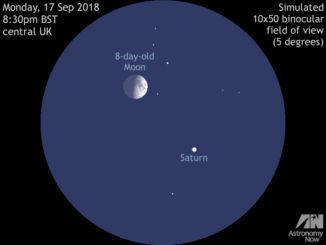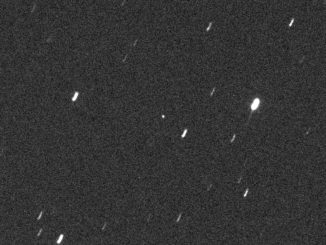
Don’t miss the Geminid meteor shower 13–14 December 2018
The December Geminid meteor shower is generally regarded as the richest and most reliable of the major annual shooting star displays. This year the predicted peak occurs close to 12h UT on 14 December, though high rates of activity should be encountered between 8pm GMT on Thursday, 13 December and 5pm GMT the following evening.

